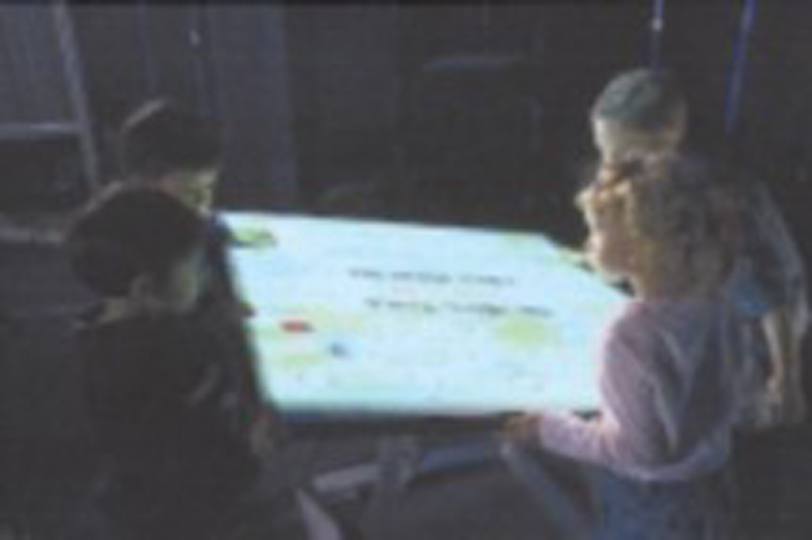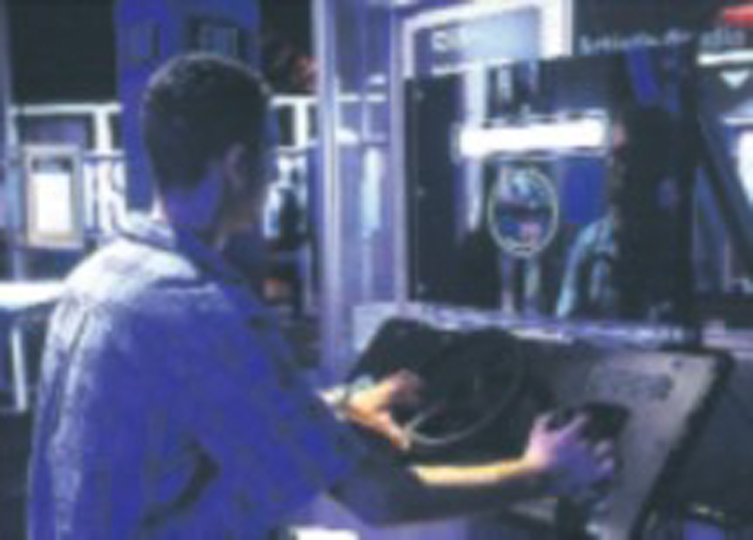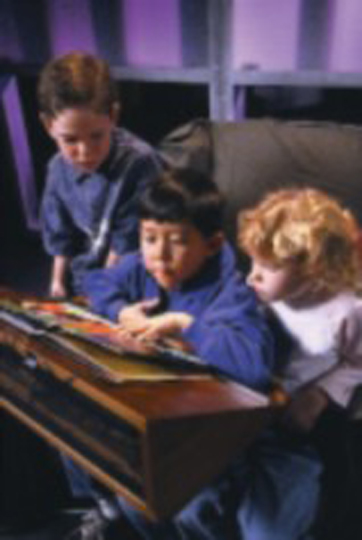“Excerpts from Experiments in the Future of Reading” by MacDonald
Conference:
Experience Type(s):
E-Tech Type(s):
Entry Number: 07
Title:
- Excerpts from Experiments in the Future of Reading
Organizer(s)/Presenter(s):
Collaborator(s):
Description:
XFR: Experiments in the Future of Reading is a museum installation that explores how reading might change in the near future. Featuring 11 interactive exhibits, XFR was designed by researchers in the RED (Research on Experimental Documents) group at Xerox PARC to give museum visitors an opportunity to explore a range of new reading devices.
Reading is intrinsic to how we share knowledge; entertain ourselves; and manage social, political, economic, and educational systems. Reading is also greatly influenced by technologies of various sorts: writing, authoring, presentation, publication, and distribution. XFR presents several speculations on how reading might change with the development of new media and digital technologies.
The physical form of the reading device affects our interpretation of what we read, as does the mode of interactivity. Digital technologies enable design of complex and novel reading technologies, as well as creation of new textual forms and genres. While many people envision a future dominated by hand-held reading devices, RED speculates that the future will include a wide variety of reading technologies.
For SIGGRAPH 2001 Emerging Technologies, RED exhibits three of the 11 XFR experiments:
Listen Reader
The Listen Reader preserves the tactile pleasure of reading a paper-based book. In this case, books are augmented with digital soundtracks that are activated by the (sensed) position of the reader’s hands on a page. Readers conduct the book’s soundtrack with hand gestures.
Speeder Reader
Speed reading combined with speed racing. Using a new speedreading protocol that presents text one word at a time, this exhibit allows visitors to modulate the speed of presentation. Children are especially excited by the idea of driving through a text. For adults, the familiar driving interface offers readers an intuitive interaction with an unusual mode of text presentation.
Tilty Tables
Reading is generally thought of as low-energy, static, solitary, and contemplative, engaging the mind more than the body. In designing Tilty Tables, RED wanted visitors to think about how the body can be engaged in the act of reading, especially when reading large documents.







